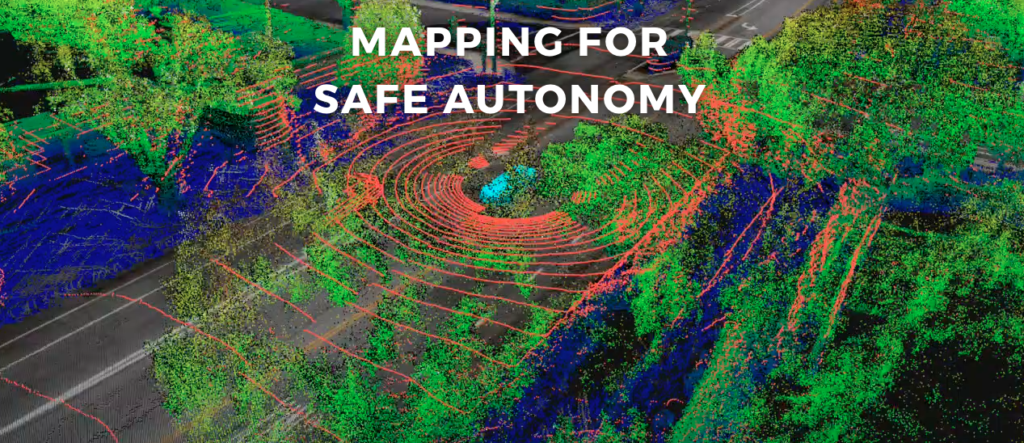
This startup founded by former Google and Leica engineers that creates maps for autonomous cars just raised $25 M
DeepMap is the latest in the list of startups that are focussed on mapping and localization for autonomous vehicles. The 25-person startup based in Palo Alto that was in stealth mode for the last year announced a $25 million Series A funding round lead by Accel. (Read: Introducing DeepMap).

DeepMap announced their funding round only a few days ago and have already made the deadlines on several different tech blogs including VentureBeat and even Bloomberg news! Quite the entry!
DeepMap – A startup with a strong mapping background
Both the founders (James Wu and Mark Wheeler) of DeepMap have strong mapping backgrounds. James was involved with Google Earth, helped with the launch of Apple Maps. Mark has a Ph.D. from Carnegie Mellon University on “Automatic object modeling and localization of 3D objects in 3D and 2D imagery”, worked at Apple and Leica Geosystems on LiDAR technology.
What are they working on?
DeepMap’s primary product is a “full-stack service that optimizes the entire process from map creation, to map consumption and map serving”. In essence, they are tackling the three most important challenges facing mapping for autonomous cars today i.e.
- Creating really accurate HD maps,
- Ensuring that autonomous cars can localize themselves in 3D space
- Making sure all the V2V communication and HD map updates can be handled in a cost effective manner
Is DeepMap a competition for Google, HERE, and TomTom?
Creating maps for machines is a relatively new field with not too players with expertise. Nevertheless, DeepMap is on taking on the likes of Google, TomTom and HERE with their HD mapping capabilities, not to forget other startups like Civil Maps.
Not much is known about DeepMap besides their Series A funding, so it might be too early to judge. That being said, of course, their investors think they have the potential to take on the likes of TomTom and HERE. If they can come up with a solution that is cost effective and scalable, then nothing is impossible!
The future is already here, it’s just not evenly distributed. So stay tuned. We’ll hear about DeepMap soon.







